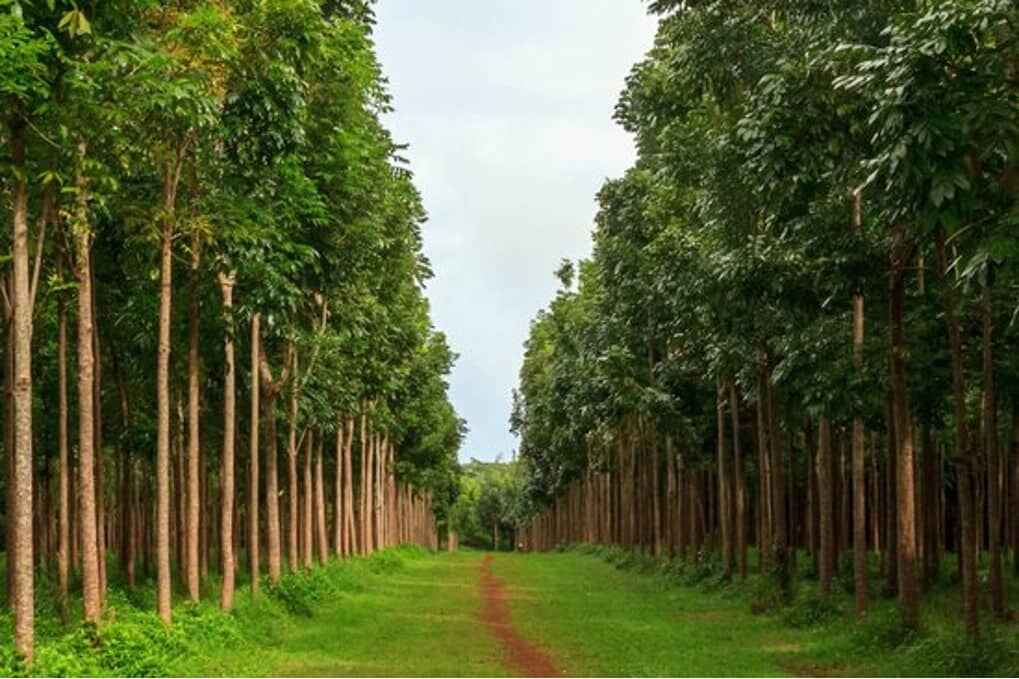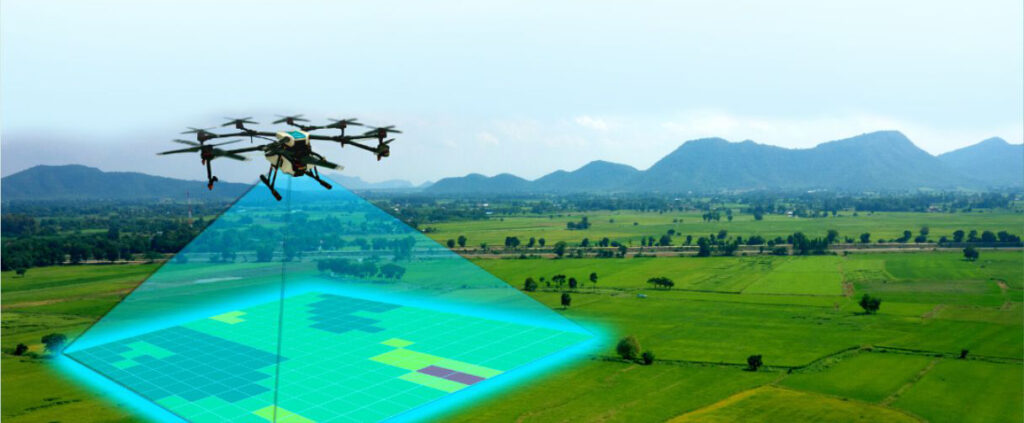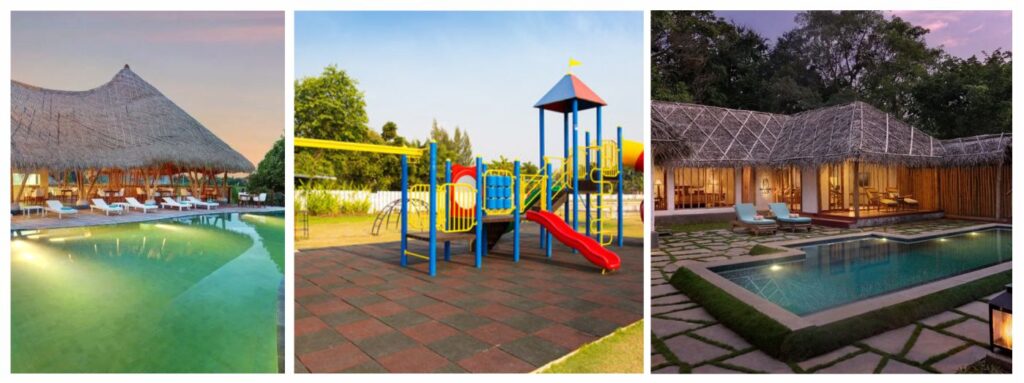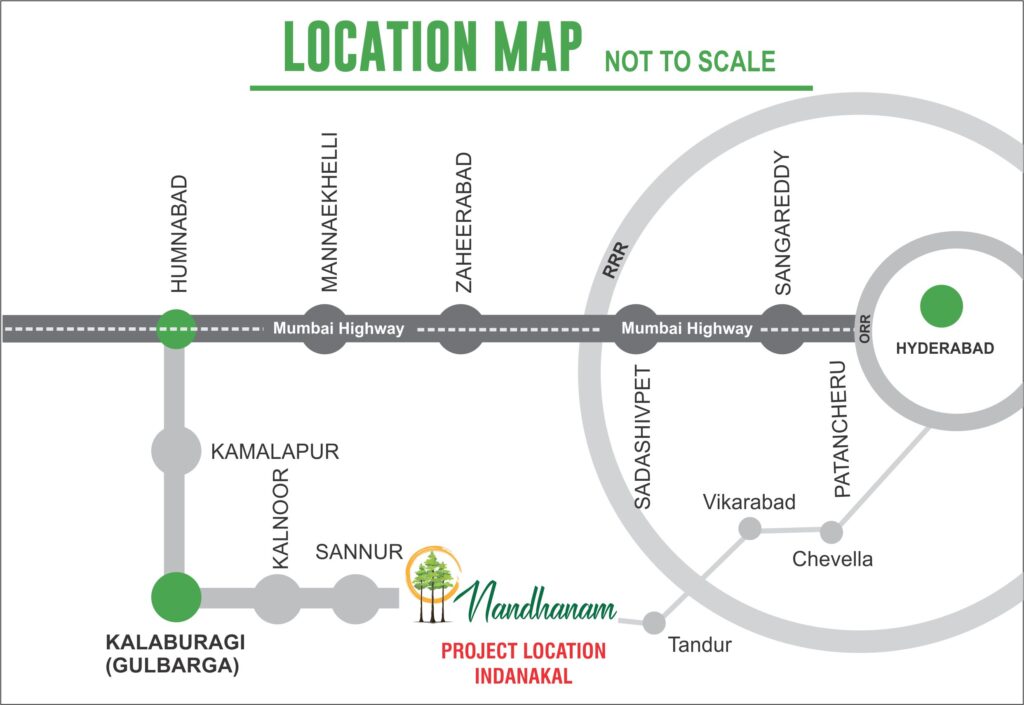
ABOUT NANDHANAM MAHAGONI CULTIVATION
Mahogany also known as the “king of timbers,” is regarded as the world’s finest timber for high-class furniture and cabinet work due to its highly sought-after wood species for its durability, strength, and beautiful red-brown color. Also used in reforestation programs and as a shade tree in young plantations of other timber species, and is occasionally planted as an ornamental.
In India, mahogany farming is growing industry that provides farmers with a valuable source of income and protect the country’s natural forests. Planting mahogany trees also protect crops from the damaging impacts of heavy rains and high winds. Thus, growing Mahogany on fields can help minimize soil erosion and increase cropoutput.
BENEFITS OF MAHAGONI PROJECT
- Lifetime: 12 Years
- Plants: 450 -500 per Acre
- Plant Formation: 10 X 9
- Estimated Income after Lifetime: 2 Crore per Acre
- Estimation cost of Trees: After 8th Year
- Payment: Estimation – 30%, Cutting – 30%, Remaining 40% – 60 days Post dated Bank Check after cutting
- Advance: Rs. 50,000/Acre/Year from 1st Year (without interest) till lifetime from company

OTHER BENEFITS
- Drone Mapping – Geo Tagging
- Expert Visit for every 6 months
- 100% Replacement of Plant for 6 months
- Intercrop Consultancy from company

WHY MAHAGONI
- Low Maintenance cost
- High in demand in world market
- 12yrs harvesting
- Organic Farming culture
- Low manpower consumption
- Inter-crop facility
- Remunerative, Sustainable and high profits
- Lesser irrigation requirement
- Climate friendly crop
- Low manpower consumption
- Low risk of pests and diseases
USES OF MAHAGONI TREES
General: It is used for high-class furniture, cabinet work boat building, decorative wood for luxury yachts and ocean liners, burial caskets, wood carvings, novelties, toys and turnery.
Musical Instruments: It is used in making of guitars, electric guitars, mandolins, drum shells and marimbas.
Pest control: It’s leaves and bark used to control honey bee, mites and ticks.
Medicinal Uses: It is used to make drug for antimicrobial, anti-inflammatory, hepatoprotective, antidiarrheal, antiulcer, depressant, anticonvulsant and neuropharmacological, anti-diabetic, anti-HIV, immunomodulator, insect repellent and larvicidal, antifungal, antioxidant, analgesic, platelet aggregation inhibitors, antimutagenic and anticancer.
WHY KALABURAGI?
Kalaburagi is the administrative headquarters of the Kalaburagi district and is the largest city in the region of North Karnataka (Kalyana-Karnataka).The entire district is on the Deccan Plateau, and the elevation ranges from 300 to 750 m above MSL. Two main rivers, the Krishna and Bhima, flow through the district. The predominant soil type is black soil (best for cultivation). The district has many tanks, which irrigate the land along with the river. The Upper Krishna Project is a major irrigation venture in the district of Kalaburagi. The climate of the district is generally dry, with temperatures ranging from 8 °C to 45 °C and an annual rainfall of about 750 mm.Kalaburagi is well connected by road, rail and airport from other major cities across states.
NEAR TO MAHAGONI PROJECT
- 20 kms From Kalaburagi city
- 10 kms From Airport
- Buddha Vihar Temple
- Gulbarga ESI Hospital
- 4 Hrs from Hyderabad
- Gulbarga University
- Upcoming Textile Park
- Upcoming Zoo Park
RESORT (UPCOMING)
BENEFITS
- Village Theme Resort
- Recreation for Children
- Swimming Pool & Restaurant
- Special offers for our customers


Nandhanam,
Indanakal, Kalaburagi, Karnataka.
CONTACT FOR MORE DETAILS
Office# 711, 7th Floor, Manjeera Majestic Commercial complex,
JNTU – Hitech City Rd, KPHB Colony, Hyderabad – 500 072, Telangana
